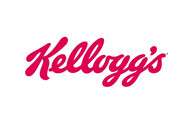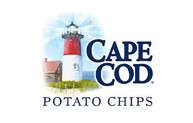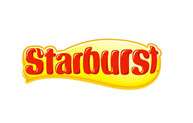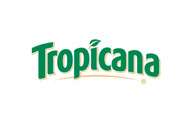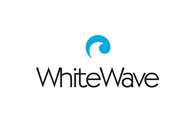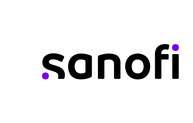Menu

Imagine you’re trying to decide what to eat for dinner…
You remain the same person, but the decision criteria for “dinner” are dramatically different based on context. CONTEXT is a key unlock from the field of neuroscience, and it relates directly to the ways in which a person pays attention, and makes decisions.
The simple exercise of imagining dinner choice-criteria in different contexts relates to the concept of brain laterality. When a person is in different contexts, the brain makes decisions based on wildly different criteria. Simply, your brain shifts gears and attributes attention, creates meaning, and ultimately makes choices base on different visual processing factors.
Our psychological profiling guides your design creative to hit the mark in the ways that will actually drive behavior for the people you can attract, in the ways that will drive them. We regularly brief marquis design teams, and get along quite well based upon our objective understanding of human behavior-drivers.
This is proven, durable, data-backed science that empowers your creative team to deliver breakthrough art.
From the neuroscience perspective, there are essentially different systems in the brain that take in visual information differently, and make sense of it differently. And those differences tell us exactly what kind of information you want to be delivering to these different mindsets.
Once your team is equipped with this scientific foundation, they’ll be able to create much richer art that will effectively:
We deeply diagnose the cognitive lens your ideal audience is predominantly utilizing, which reveals an abundance of information about how best to communicate with them. And when you have all that information in hand, you're able to achieve what’s known as cognitive ergonomics so that you can deliver information in the way that's most comfortable and persuasive to the audience at the sub-conscious level.
Our design know-how is housed in a proprietary resource we call our Heuristics Field Guide. This outlines a wealth of established principles as to the heuristics – the sub-conscious decision-making shortcuts – a person uses. Once we’ve profiled the psychology of your ideal audience using our neuroscience measure & database, we pull from this treasure-trove of insights to guide topics including:
A few of our partners who are now in-the-know on what truly drives, and hinders, their consumers and shoppers.


